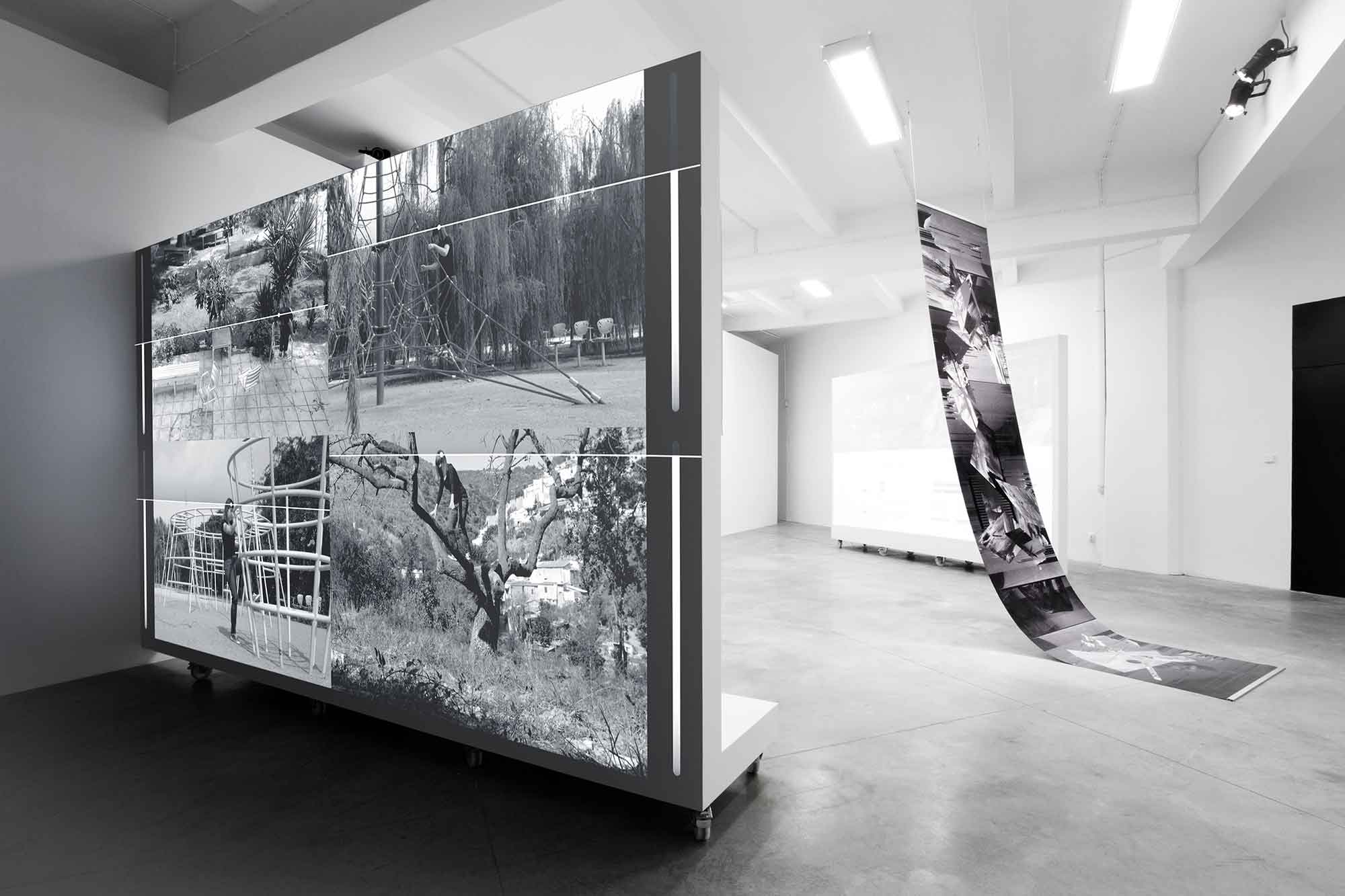Interview by Agata Kik
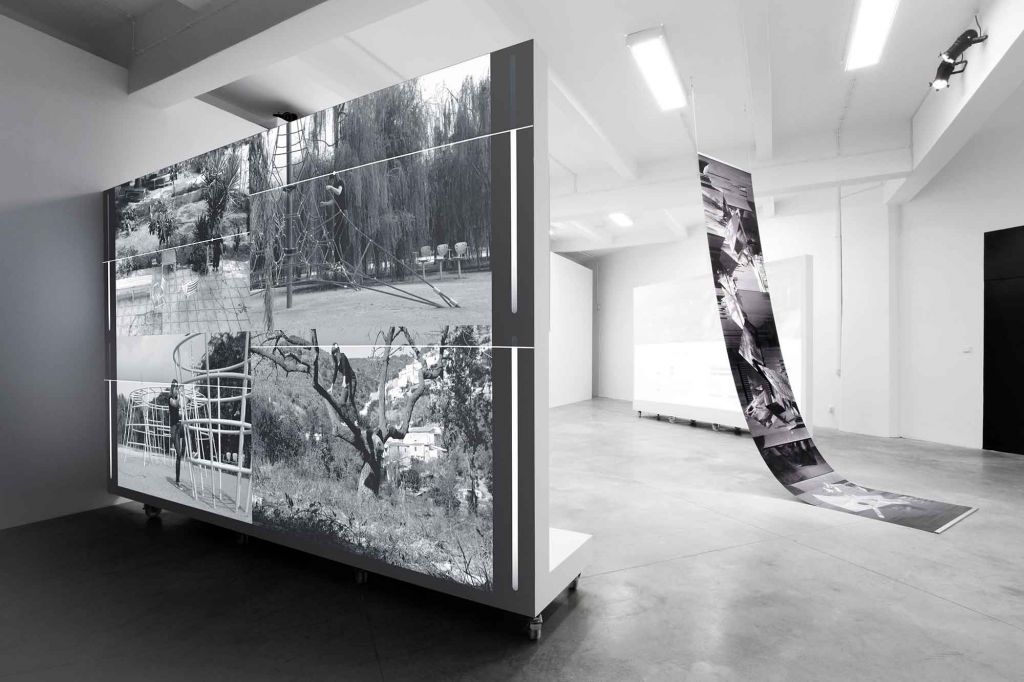
Ewa Doroszenko’s practice enmeshes material and virtual realities. She works analogue and digital. Her creative process spans from prints and video works to printed objects that question human life’s duality, as a brain-body jumping between virtually and physically constituted environments. The resulting images are innovative and classic, manipulated through the screen, photographed and painted. They all embrace controversial qualities of the contemporary moment, ‘web fluid culture,’ as the artist calls it.
For Ewa Doroszenko, the digital highlights true human desires even more. The longing for experiences activated by all five human senses is still as intense as it was when not accessed through electronic equipment. We cannot escape that we are rooted in materiality as bones and flesh, even though computer-generated images continuously capture our consciousness.
The undeniable human need to interact with the natural landscape is extensively explored with her frequent collaborator, Jacek Doroszenko. In their recent exhibition, How to Travel at the Propaganda Gallery in Warsaw, they reflected together on online travels, a topic especially pertinent during the global pandemic.
Bringing to mind Jorge Luis Borges’ short story Art of Cartography, in which the map’s perfection outshines the territory, How to Travel highlights blurs, distortions, and imperfections that digital maps, computer games or tourist guides contain. The project tested the boundaries of formal possibilities of imagery of virtual voyages of the peasant day.
Exercises of listening is another example of the committed collaboration between Ewa and Jacek Doroszenko. The multimedia installation consists of graphic works through which Ewa responds to the sonic environment created by Jacek.
They bring to the fore the vibrational nature of material reality. Sharing their roles, working with each other, and sound in concert with images, their unison choreography points to the fact that listening does not necessarily mean hearing or that to see; one might need first to learn how to listen to images. Their collaborative experiments in sound and visual art originate from their shared sensitivity, precision and discipline.
Ewa Doroszenko has also been dedicated to in-depth research into standards of beauty. The Promise of Sublime Words is an ongoing series of photographic prints and GIF files that uncover the obscure subjects of museological hierarchy, photographic reproduction, and beauty standards by manipulating images derived from Antique or Classicism. Further investigation into beauty standards and, more specifically, into a contemporary obsession with the feminine digital image is shown by the digitally manipulated images Body Editor.
Even though there is no right or wrong use of technology, Ewa and Jacek Doroszenko’s work presents us that contemporary technology opens the digital doors to greater artistic freedom and potential creativity. Often discussing the negative impact of technology on the contemporary human, such as withdrawal from life in public or unhealthy habits, one should not forget that the digital is also another space for the vulnerable to reclaim their image, for women to object to the phallocentric gaze and for everyone to experience the emancipatory effects of pure-play.*
*Ewa Doroszenko gave this interview on behalf of both artists
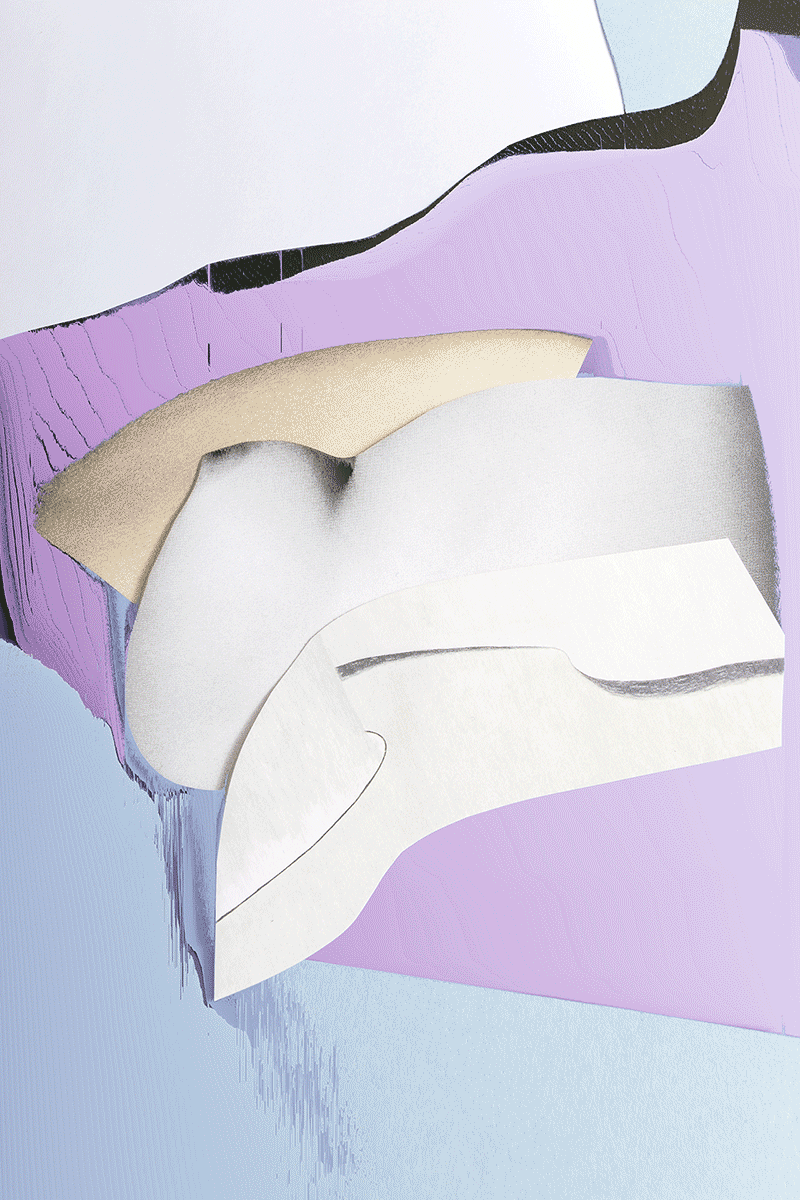
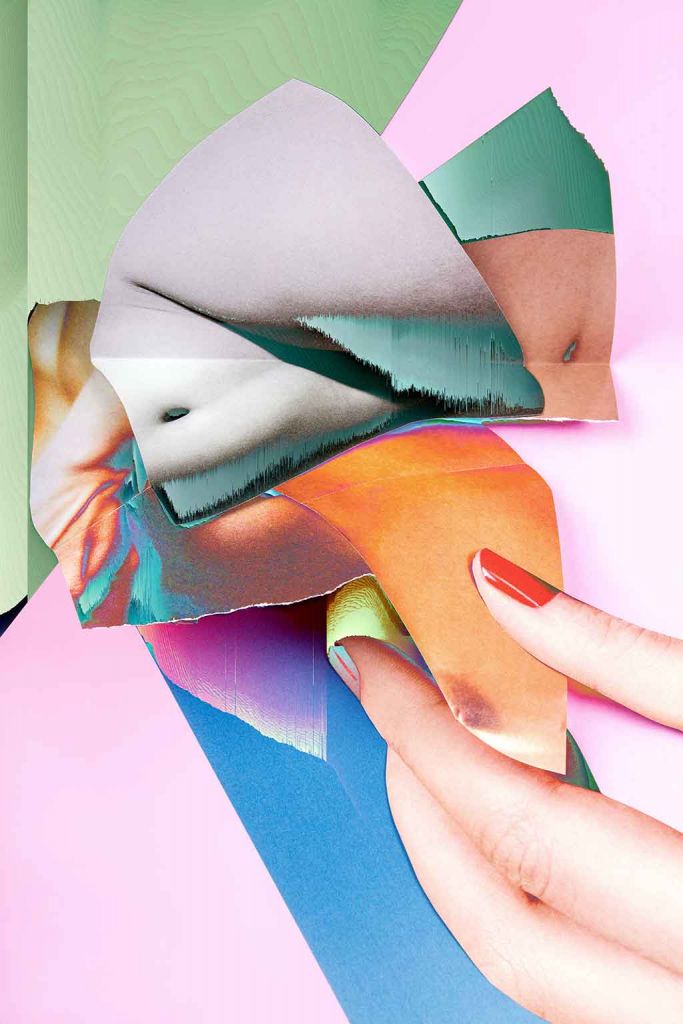
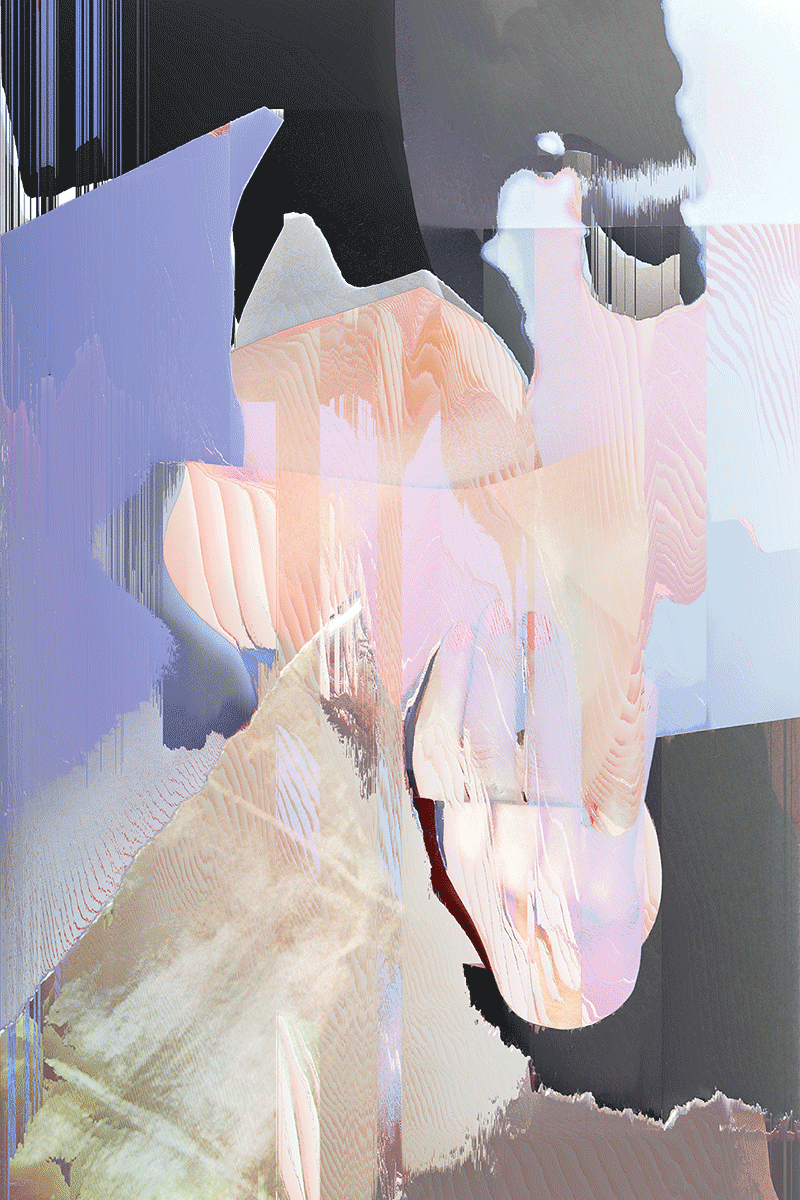
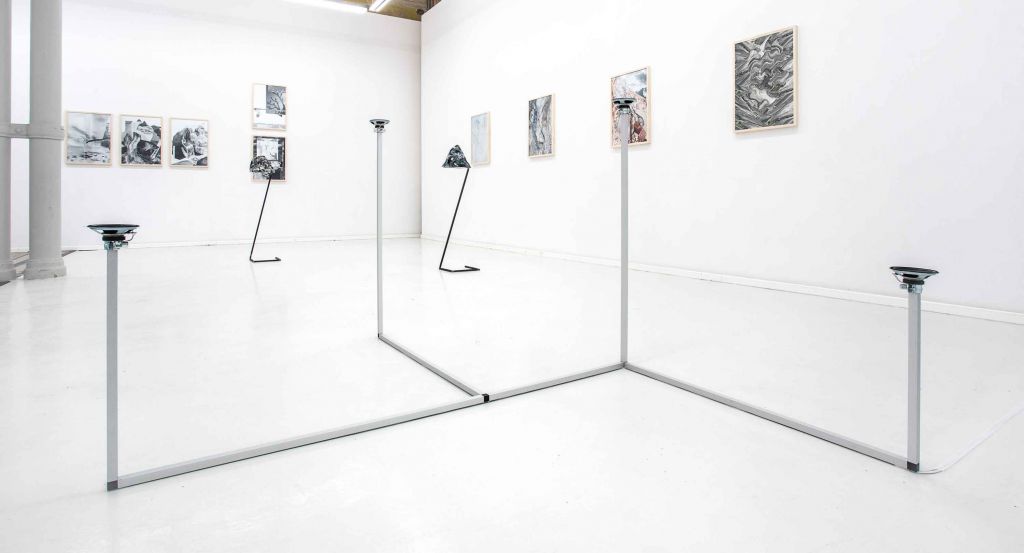
Your exhibition, How to Travel’ explores contemporary digital technology, questioning how technological glitches and imperfections influence our everyday life. What does it mean for you to live life in a mediated reality? Has the map become more complex than the territory?
Our last exhibition – “How to Travel” – took place at the Propaganda Gallery in Warsaw, run by Jacek Sosnowski. The exhibition was the effect of our observations and research, which resulted in the production of a set of works oscillating around the topic of online travel. As part of the exhibition, we presented a series of photographs, video works and photographic objects. The sound was an important element of the exhibition – Jacek Doroszenko prepared minimalistic sound installations, which united the exhibition’s whole arrangement.
Using Google Street View, popular computer games, travel guides and other Internet sources, the project investigated how digital culture changes our perception of the natural landscape. Fascinated by modern information technologies and their incredible potential to shape lifestyles, we tried to answer the question of how to capture the rich duality of physical and virtual life authentically.
The works presented at the exhibition were created long before the pandemic outbreak. Online travelling seemed to be an exciting entertainment form, not the last utterly safe way to travel. Nowadays, in the face of an ongoing pandemic, life in the mediated reality has a slightly different character – we more often see the negative aspects of this form of life. I believe that contemporary digital culture, using images of the idyllic natural landscape, unwittingly draws attention to the constant longing for natural surroundings’ offline experience. A fragment of the “How to Travel” project will soon be shown at several exhibitions within the “What Next?” project organised by The Adam Mickiewicz Institute.
Does the digital map still have the potential to fulfil the human need to be in touch with the natural environment? Do you think the digital can transform primary human desires these days?
Digital reality is a space where desires, dreams and emotions are obvious. However, it seems to me that digital reality is not capable of significantly transforming basic human desires. We live in the digital age, but our processing centre is still the biological brain that evolved long before civilisation began. Of course, our habits are changing to some extent in response to new technologies. This has happened throughout history, and it is so today in the context of the Internet and computers.
In my recent video work, this topic was addressed – “Imagine yourself on an island in the middle of the ocean”. The video inspired by virtual landscapes presents how we try to achieve a state of internal balance in the era of information overload. Despite technological progress, virtualisation, and digitalisation of reality, or perhaps because of them, we are looking for rituals and spiritual practices that will allow us to reach a state of deep awareness or at least simulate it. I used a text written by myself based on popular guided meditations on YouTube channels in the video. Listening to is supposed to help calm down, relax and achieve the dreamed effects on various aspects of life.
There are always elements of sound and image, which are woven together to create a whole in your collaborative works. Exercises of listening or Soundreaming invite you to listen to the images and, at the same time, to sense sounds while these take shape in space. Could you please explain how together you move between these different media and how you tune in to each other?
I have the great fortune to work with Jacek Doroszenko also on the artistic level. It certainly contributes to my professional and personal development. We are a very creative couple. In our symbiotic everyday life, art mixes with life. We are both professionally trained visual artists or, more precisely, painters, but each of us deals with a full spectrum of contemporary media.
Generally, when working on an art project, we intuitively choose the roles to be played – Jacek Doroszenko, connected with sound, and I with the image. However, it is not a rigid division; we spontaneously share our tasks. We have a shared interest in contemporary technological civilisation and a similar aesthetic sensitivity, precision, and attention to the formal details of each project. Our exhibition “Exercises of listening” at the Fait Gallery in Brno was based on the inclusion of sound activities in the area of visual arts. We tried to prepare an exhibition in which the visible and audible spheres interact with each other.
Jacek was responsible for creating sound installations and producing a set of sounds and musical compositions, mainly experimental electronic music. We adopted a similar division of roles in the “Soundreaming” project, which is still ongoing.
At the moment, we are working on a new project entitled “Bodyfulness”, which, like our previous activities, is a creative experiment combining sound and visual art. Next year, we will release the project in the form of a unique music album and present an exhibition that is an audio-visual study of how modern technology and culture change our intimate relationships.
Your recent photographic series ‘Impossible Territory’ questions the blurring boundary between the copy and the original, representation and presentation, and the real and the virtual. What does it mean for the human to be present today while constantly switching between physical and virtual realms?
According to my knowledge, the brain has an incredible ability to handle a large number of different processes simultaneously. However, there are some limitations in this area – concentration. We are not able to focus on many things at one moment. Jumping between tasks, including switching between the physical and virtual realms, is less effective than concentrating on only one action.
We do not yet know how the stream of information affects our behaviour, but digitisation may affect us more in-depth than we believe. But the simple fact that some lifestyle habits are now changing and that we have the impression that technology is badly affecting our memory or attention does not mean that our brains will change the structure of their connections in some dangerous way.
The female body is a territory in itself. In the spirit of the latest Black Protests in October 2020 in Poland and internationally, do you think the digital can also pose as an empowering tool for women who fight for their bodies’ rights?
On 22 October 2020, the Polish Constitutional Court imposed a near-total ban on abortion, making it practically impossible for women to end their pregnancies legally. This legislation change led to a nationwide strike in Poland, with protests following in other European capitals and worldwide. As a result of the uproar, the government has decided to delay the new clampdown temporarily, and the future remains uncertain.
The protests draw inspiration from demonstrations in October 2016, which became known as Black Monday. Thanks to the Internet and social media, it was possible to organise protests in many cities quickly. The slogans of protesting women reached many people, including those seemingly not interested in the subject.
I am very excited about contemporary technologies that enable such a fast flow of information, but at the same time, I am terrified at how they can be used. I am not against technology because its creations are only tools that can be used in thousands of ways.
But I increasingly have the impression that technology has been harnessed to build some serious utopias like, for example, the unrealistic standards of beauty. Various phone applications, photo editing tools, computer programs such as Photoshop, and the most modern cosmetic or surgical technologies make it possible to implement dreamlike effects into real life. Additionally, idealised images of women (mainly created thanks to digital interventions and aesthetic medicine) are often combined with success propaganda.
Beautiful women are presented in the context of luxury. I have the feeling that nowadays, we are seduced by perfect images created by specialists who want to earn money using us all. As a result, women pursuing their dream image devote their time and money instead of focusing on personal development, social activism, creativity and skills development.
What are the ways of using the digital that bring us closer to freedom?
It is evident that digital transformation has a significant impact on economic and social development and contributes to a substantial improvement in the quality of life and the realisation of democratic and emancipatory ideals. It is hard not to notice the resulting changes in medicine, education, urban planning or communication, etc. Also, in the area of culture and art, there are massive changes. Like many artists nowadays, I am particularly inspired by the web-fluid culture.
Since the virtual world and technologies often question reality and are evolving rapidly, artistic projects are becoming more engaging and interactive, offering unique experiences. These new approaches and tools allow for even greater artistic freedom, creating entirely new production possibilities, including the opportunity to combine elements that previously probably could not have been mixed.
I often use this freedom in my work, building on various digital and physical manipulation of the image. This multi-layered approach often leads to the viewer’s disorientation, who can independently decipher which elements are ‘real’ and created by digital mediation.
Body Editor consists of digitally manipulated images as an inquiry into a contemporary obsession with digital beauty. In your artistic process, you often move between the physical to the digital, using one medium to expand the other. What could be the ways of using the digital as enjoyable self-expression increasing rather than depress one’s physical life?
I was particularly interested in online social media and popular phone applications, so-called beauty apps in the Body Editor project. In my opinion, these platforms and tools force us always to compare ourselves with others, undermine our self-confidence and worsen our mood. There is also the so-called ‘digital jealousy’ – competing with others on the Internet and being in a low position can cause a bad mood. I am curious whether future generations of women will be able to oppose the current standards of beauty, whether there will be another wave of feminism or, on the contrary, whether digital tools will contribute to even greater ‘appropriation’ of the body on the market.
On the other hand, self-expression through digital media can also have a positive side, especially for women. For millennia, the male point of view was the only one valid. The history of art, which I studied at the university, is almost entirely male history. It was men who built the narratives, and created and preserved the cultural patterns with which others looked at bodies.
Today, thanks to cultural changes, the feminist revolution, etc., we know that this fixed ‘male’ way of seeing a woman is not objective and that other points of view are equally important. Thanks to digital media, women regain their image, but there is a long process mainly made up of trials and errors. In my opinion, only the search for new images, experimenting or even playing with one’s image are the ways to create unique aesthetics that may replace the images of women functioning so far. In this context, experimenting with a digital image, playing with it and searching for new means of expression can positively affect us.
What is the chief enemy of creativity?
The reality! Jokes apart might sound obvious, but I believe that a lack of well-established habits, daily routine and discipline in action are the worst enemies of creativity. In my opinion, creation is, above all, an ongoing process – everyday work, not romantic waiting for inspiration.
Consistent action and broadening one’s skills can eventually lead to truly creative solutions. In my case, I would say that creativity is a side effect of the whole working process. The process is never linear, but it always starts with an idea that grows into a concrete action plan. I always try to start with research – when I come up with an idea, I usually start reading and looking for a conceptual background that can support my hypothesis.
You couldn’t live without….
There are a few things I couldn’t live without…., but to pick one, I would say I am not going anywhere without a book. My beloved writers are Stanisław Lem, Michel Houellebecq, Henry David Thoreau, Witold Gombrowicz. Indeed, I’m also a long-term fan of the work of Margaret Atwood.

